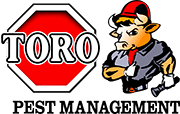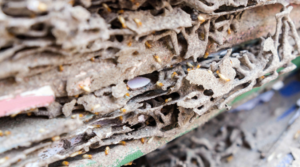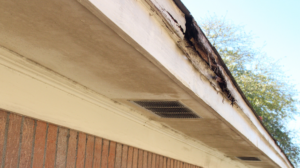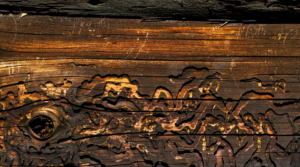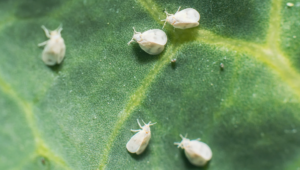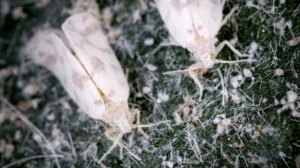Spring season usually marks the beginning of warmer weather, blooming flowers and termites. In Florida, the Sunshine State, where the temperatures are warmer year-round, termites can breed and infest homes earlier in the year than in other parts of the country.
The warm, humid climate of the state makes it a perfect nesting ground for many distinct species of termites. At certain times of the year, termite colonies produce “swarmers” – winged adults that fly away to form their own colonies.
Swarming usually occurs during the daytime. Swarming is a means by which sexually mature male adult termites move out of a colony that has become overcrowded and lack adequate food. During this season, the insects become swarmers by developing wings and taking flight, particularly on warm, calm days. It basically signals the start of a new colony.
The size and age of a new colony are indicated by the size of the swarm. The purpose of swarmers is to mate and start a new colony, but relatively few of the swarmers can survive to successfully find a mate and a suitable place to start a colony.
Swarmers themselves do not cause damage to structures. Their offsprings are responsible for this, and over 90 percent of swarmers fall prey to birds and other predators before being able to produce offspring. People are advised not to waste time spraying swarmers.
Instead, actively inspect for other signs of a budding colony and termite damage, then you can take the appropriate treatment options. Having termite swarmers may mean that you may have a termite problem or that you are about to have a termite infestation. Homeowners are advised to inspect frequently for these three signs of infestation:
• Swarmers
• Mud tubes, and
• Damaged wood
A recent termite treatment may not prevent swarming because swarmers may have already been above the treatment zone in the soil when the application was performed.
As for dealing with a termite swarm,
• Do not panic. A sudden barrage of swarmers does not mean your house will fall into splinters immediately.
• Make sure the insect is a termite swarmer. This is important because many species of ants will swarm in the spring time as well, and because treatment method differ between ants and termites. Flying ants have bodies that are 3 segmented and a small and large set of wings. Flying termites, however, have 2 segment bodies with identically sized sets of wings that they shed after flight.
• Figure out if the swarmers are coming from within the house or outside the house. If it is within the house, seal off the room and vacuum off the swarmers father they have swarm. Note the exact locations where they are emerging and call a licensed pest control professional
To prevent problems with termites:
1. Inspect your home frequently for signs of infestation, that is, swarming, mud slides and damaged wood. If you do not notice any evidence of termites, have your house inspected by a licensed pest control operator. It is expedient to get more than one opinion.
2. Avoid wood mulch in landscape beds.
3. Wood-to-ground contact in any type of structure is an invitation for subterranean termite infestation.
4. Raised houses can be some of the easier to protect against subterranean termite since to infect a raised structure, they have to travel up through the object connecting the building to the ground.
5. Subterranean termites can use sewage lines, electric conduits and other lines connecting the house to the ground. These areas should be inspected regularly.
